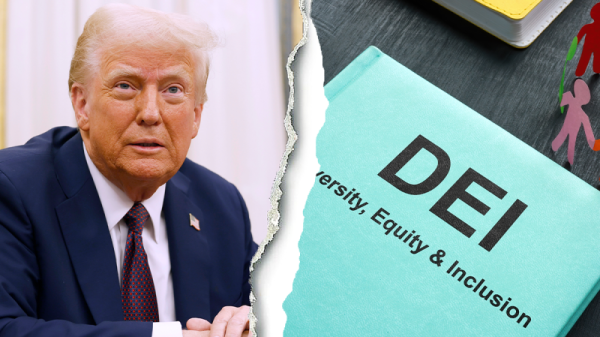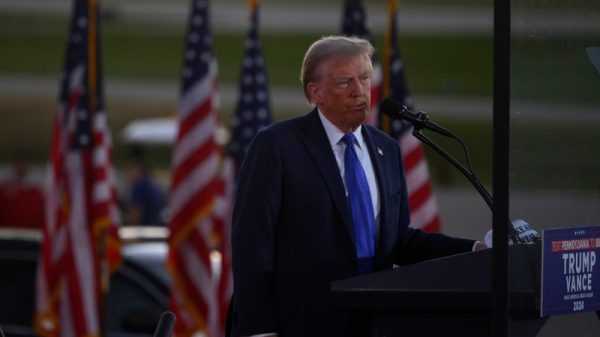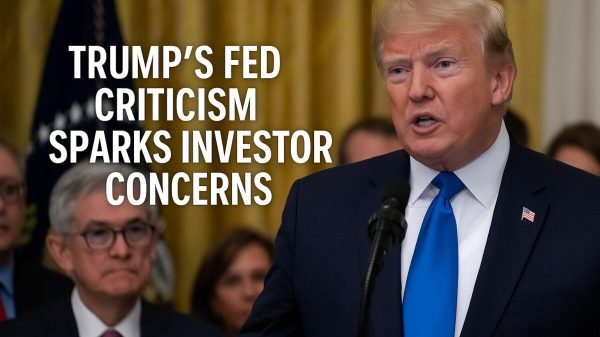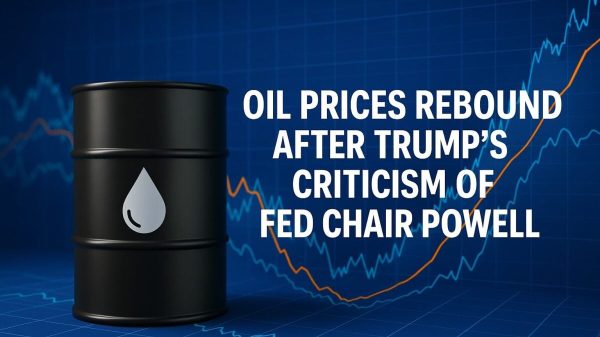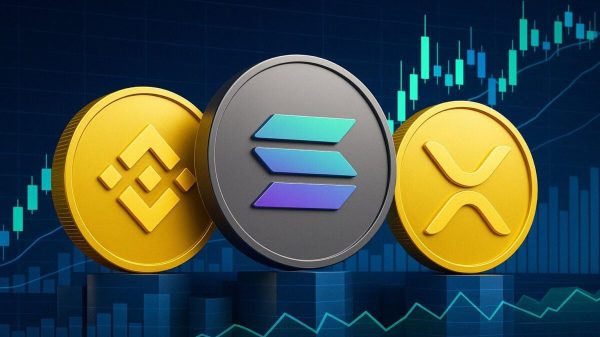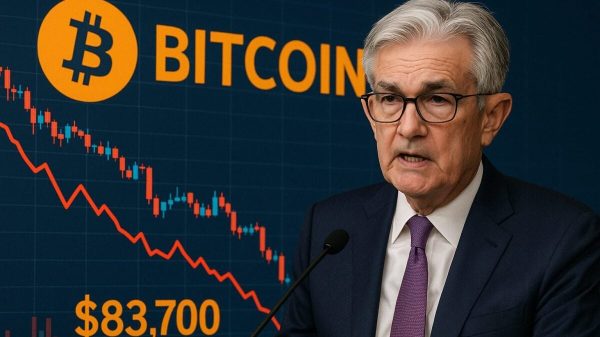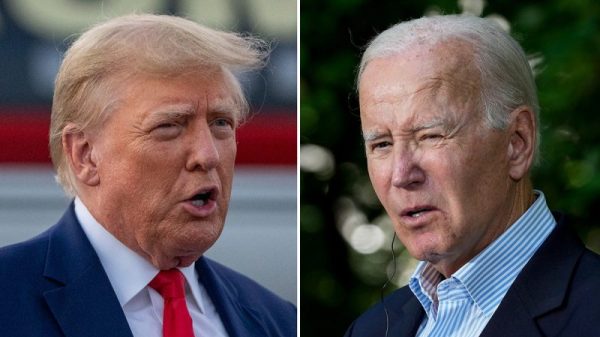As of April 9, 2025, Bitcoin (BTC) is trading at approximately $77,766, marking a significant drop from its January peak of over $109,000. This Bitcoin price dip highlights the heightened volatility in the cryptocurrency market, influenced by growing geopolitical tensions and recent tariff announcements.
Bitcoin Volatility: A Reflection of Global Uncertainty
Bitcoin price dip have always been a hallmark of its market behavior, but recent economic indicators have intensified these movements. The cryptocurrency fell sharply amid a global crypto selloff, with Ether also leading declines. Analysts attribute this to risk-off sentiment in broader financial markets as investors react to rising inflation, interest rates, and the ripple effects of U.S. trade policies.
Data from Yahoo Finance and MarketWatch show that Bitcoin touched an intraday low of $74,772 before recovering slightly. This steep drop comes just weeks after the coin hovered comfortably above the $100,000 mark, signaling increasing trader hesitation.
Tariff Announcements Add Fuel to the Fire
The reintroduction of aggressive U.S. trade tariffs has significantly impacted global markets. In particular, investors fear that escalating trade tensions with China and other nations may trigger another round of economic slowdown. These fears have not spared cryptocurrencies. Despite being considered a hedge against fiat inflation, Bitcoin is still viewed as a risky asset in volatile climates, prompting panic-selling among short-term holders.
Much like traditional equities, the crypto market responded sharply to news of fresh tariffs, with traders offloading high-volatility assets. Analysts suggest that institutional investors, who played a major role in Bitcoin’s surge to all-time highs, are now reassessing their exposure amid macroeconomic headwinds.
Broader Crypto Selloff Led by Ether and Altcoins
Ether (ETH), the second-largest cryptocurrency, saw a similar downward trend, falling more than 5% in the same trading window. Other major altcoins like Solana (SOL), XRP, and Cardano (ADA) also posted significant losses. This coordinated pullback across the crypto landscape underlines the interconnectedness of digital asset markets and investor sentiment.
The crypto fear and greed index, which gauges market emotion, has shifted sharply toward “fear,” reinforcing the cautious outlook across the sector.
Investor Sentiment and Portfolio Rebalancing
The current Bitcoin price dip has prompted both retail and institutional investors to rebalance their portfolios. Many are shifting towards less volatile assets like gold and U.S. treasury bonds, leading to short-term sell pressure in Bitcoin. With upcoming halving cycles and continued interest from global regulators, the long-term trajectory of Bitcoin remains uncertain but still promising for long-term believers.
Expert Opinions and What Comes Next
Market strategists from Barron’s and Bloomberg suggest that this dip may be temporary, especially if inflation and interest rates stabilize in the coming months. Some see the correction as a healthy reset, paving the way for sustainable future growth. Others warn that if geopolitical tensions worsen, Bitcoin could revisit sub-$70K levels.
Investors are encouraged to monitor developments in the global economic landscape, including central bank actions and trade negotiations, which will undoubtedly shape Bitcoin’s next moves.
Conclusion: A Temporary Setback or Trend Reversal?
Bitcoin’s price dip below $80,000 in April 2025 signals a broader market correction triggered by trade war fears and shifting economic policies. However, history shows that Bitcoin has often rebounded stronger after periods of doubt. Whether this is a short-term drop or a longer-term reset, one thing is certain: Bitcoin continues to mirror the complexities of the global financial landscape, and investors must stay informed and adaptable.
Key takeaway: As global tariffs return and inflation lingers, Bitcoin’s short-term volatility may persist. Long-term investors, however, still view dips as potential entry points into a decentralized future.
The post Bitcoin Price Dip Below $80K Amid Trade Tariff Fears appeared first on FinanceBrokerage.



